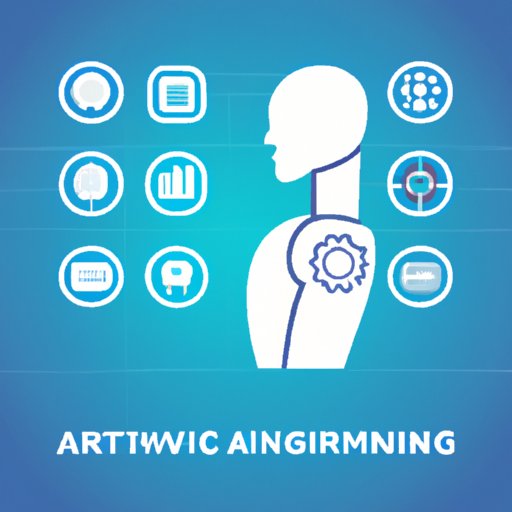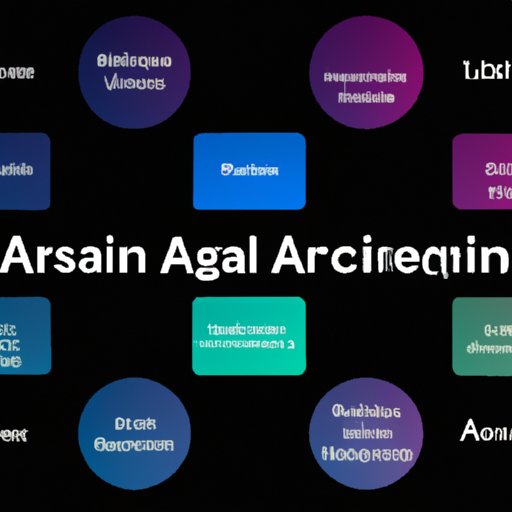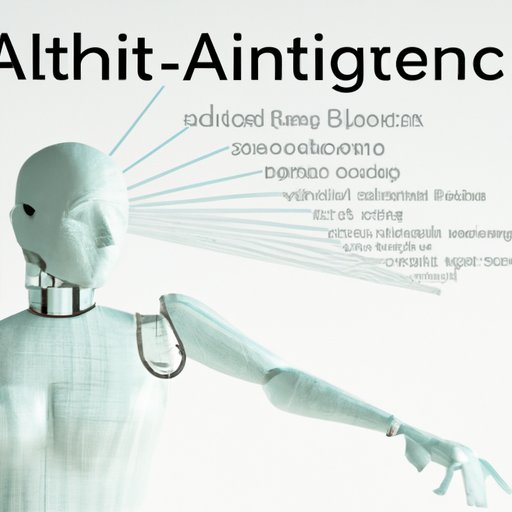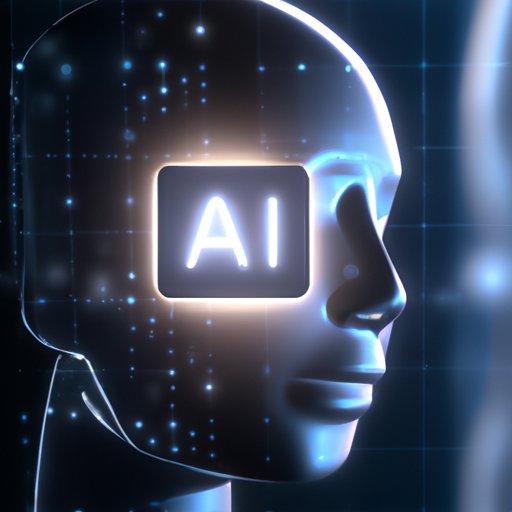Introduction
Artificial Intelligence (AI) is a branch of computer science focused on creating intelligent machines that can think and act like humans. The term was first coined in 1956 by scientist John McCarthy, and since then, AI has evolved and become increasingly sophisticated. Today, AI technology is being used for a variety of applications, from automated customer service agents to autonomous vehicles. As AI continues to advance, so does the need for skilled programmers who can create and develop these intelligent machines.
In this article, we’ll explore the basics of AI programming, including its history, fundamental concepts, use cases, types of languages and frameworks, and ethical implications. By the end, you’ll have a better understanding of how to program artificial intelligence and the potential risks and challenges associated with it.
History of AI Programming
The history of AI programming dates back to the 1950s when Alan Turing proposed the Turing Test, a test designed to determine whether or not a computer could think like a human. Although computers at the time were not yet capable of passing the Turing Test, the concept sparked an interest in developing intelligent machines. In the decades that followed, researchers and scientists made significant progress in the field of AI programming, leading to the development of the first AI-based software programs in the 1970s.
Since then, AI technology has advanced significantly, with breakthroughs such as deep learning and natural language processing. Today, AI programming is used for a variety of applications, from facial recognition to automated customer service agents.

Fundamental Concepts of AI Programming
At the core of AI programming are two fundamental concepts: machine learning and neural networks. Machine learning is a type of Artificial Intelligence (AI) that uses algorithms to learn from data and make predictions without being explicitly programmed to do so. Neural networks, on the other hand, are a type of machine learning algorithm that mimics the structure of the human brain and is used to identify patterns in data.
Both of these concepts are essential for successful AI programming, as they allow machines to make decisions and take action without being explicitly told what to do. By understanding the fundamentals of these two concepts, programmers can create more effective AI systems that can accurately process large amounts of data and make informed decisions.

Use Cases of AI Programming
AI programming is used in a wide range of industries, from healthcare to finance. In healthcare, AI programming is used for medical diagnosis and treatment planning. In finance, AI programming is used to detect fraud and analyze market trends. Other industries where AI programming is utilized include automotive, retail, and manufacturing.
Some successful examples of AI programming projects include Google’s AlphaGo, an AI system that defeated one of the world’s top Go players in 2016; IBM Watson, a cognitive computing system that won the Jeopardy! game show in 2011; and Apple’s Siri, a voice assistant that can answer questions and complete tasks.
Types of AI Programming Languages and Frameworks
When it comes to AI programming, there are a number of different languages and frameworks available. Popular programming languages for AI include Python, Java, C++, and R. Popular frameworks for AI include TensorFlow, Keras, PyTorch, and Scikit-learn. Each language and framework has its own advantages and disadvantages, so it’s important to choose the right one for your project.
Python is a popular choice for AI programming due to its flexibility and ease of use. It also has a large selection of libraries and frameworks specifically designed for AI programming. Java is also a popular choice, as it is widely used and has excellent support for machine learning. C++ is another popular choice, as it is fast and has powerful features. Lastly, R is a statistical programming language that is well suited for data analysis and machine learning.

Ethical Implications of AI Programming
As AI technology advances, so do the ethical implications of AI programming. As AI systems become smarter and more powerful, there is a risk that they could be used for malicious purposes or cause unintended harm. Additionally, there is a potential for bias in AI systems, as they are only as good as the data they are trained on.
It’s important for AI programmers to consider the ethical implications of their work and to be aware of the potential risks and challenges associated with AI programming. By understanding and addressing the ethical implications of AI programming, we can ensure that AI systems are used responsibly and for the benefit of society.
Conclusion
In conclusion, AI programming is an exciting and rapidly evolving field. By understanding the fundamentals of AI programming, including its history, use cases, types of languages and frameworks, and ethical implications, programmers can create more effective and responsible AI systems. With the right knowledge and skills, AI programming can be used to improve our lives and create a better future.
(Note: Is this article not meeting your expectations? Do you have knowledge or insights to share? Unlock new opportunities and expand your reach by joining our authors team. Click Registration to join us and share your expertise with our readers.)
